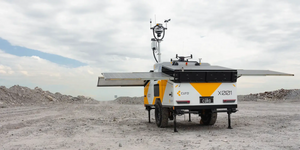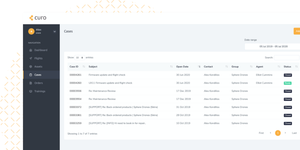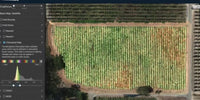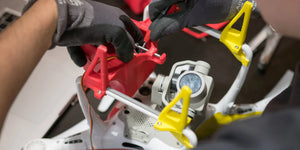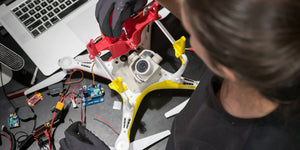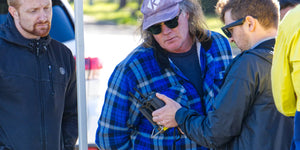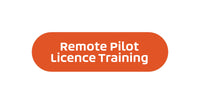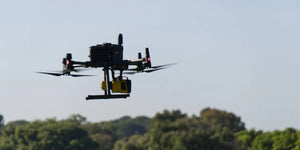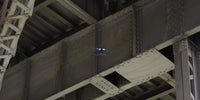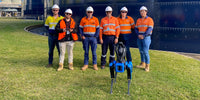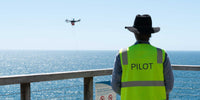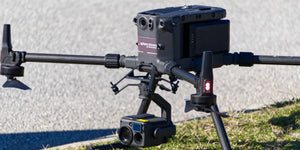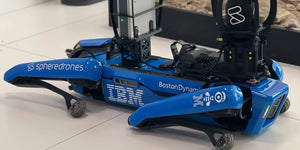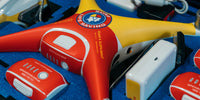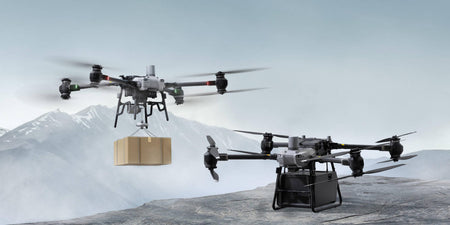On November 14, the Southern Manatee Fire & Rescue (SMFR) HazMat Team arrived on the scene of an anhydrous ammonia leak in a food distribution warehouse in Sarasota, Florida. The deadly chemical was leaking from a refrigeration unit in the warehouse, forcieng the workers out.
For the responders on the scene first, it was proving difficult to get close to the leak due to the chemical’s dangerous nature and where the leak was located on the roof. This was when the SMFR’s HazMat team was called to inspect the leak with its newly acquired drone.
Within an hour of arriving on the scene, the teams’ DJI Mavic 2 Enterprise Dual was in the sky and using its thermal camera to find the ammonia cloud source. Once the drone was able to locate the leak’s source, they were able to move in and close the valve and begin the decontamination process.
Using the DJI drone removed the HazMat team’s need to make multiple dangerous trips up onto the roof to locate the leak. The drone also means the team wasn’t spread apart, which is normally required but often miscommunicated.
EMT and UAS Coordinator Rich Gatanis added:
“Communication is typically the weakest link in HazMat response. Previous to drones there was no way to keep eyes on our guys. We relied solely on radio traffic, which is shoddy at best. Having an eye in the sky enhances our ability to mitigate a scene. It helps us understand what they see a lot faster and ensures everyone works from the same operational picture. Nothing compares to everybody looking at the same video in real-time. It allows us to significantly cut down on misinformation.”
A little after two hours from first arriving on the scene, the HazMat team could get the warehouse back up and running without any injuries. Not only was the drone able to keep the team safer, but it also significantly cut down the time needed to inspect, find, and repair the leak.
